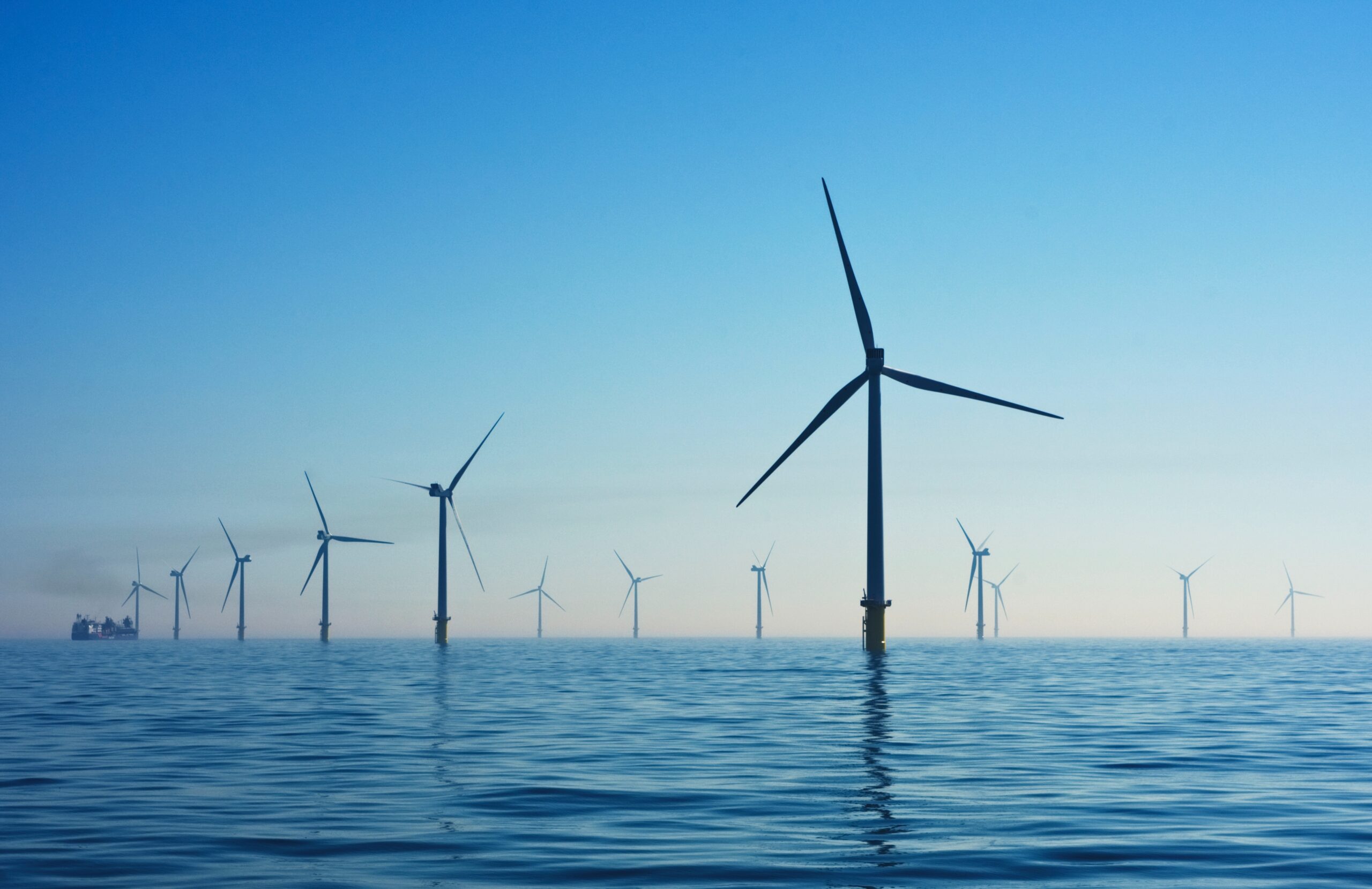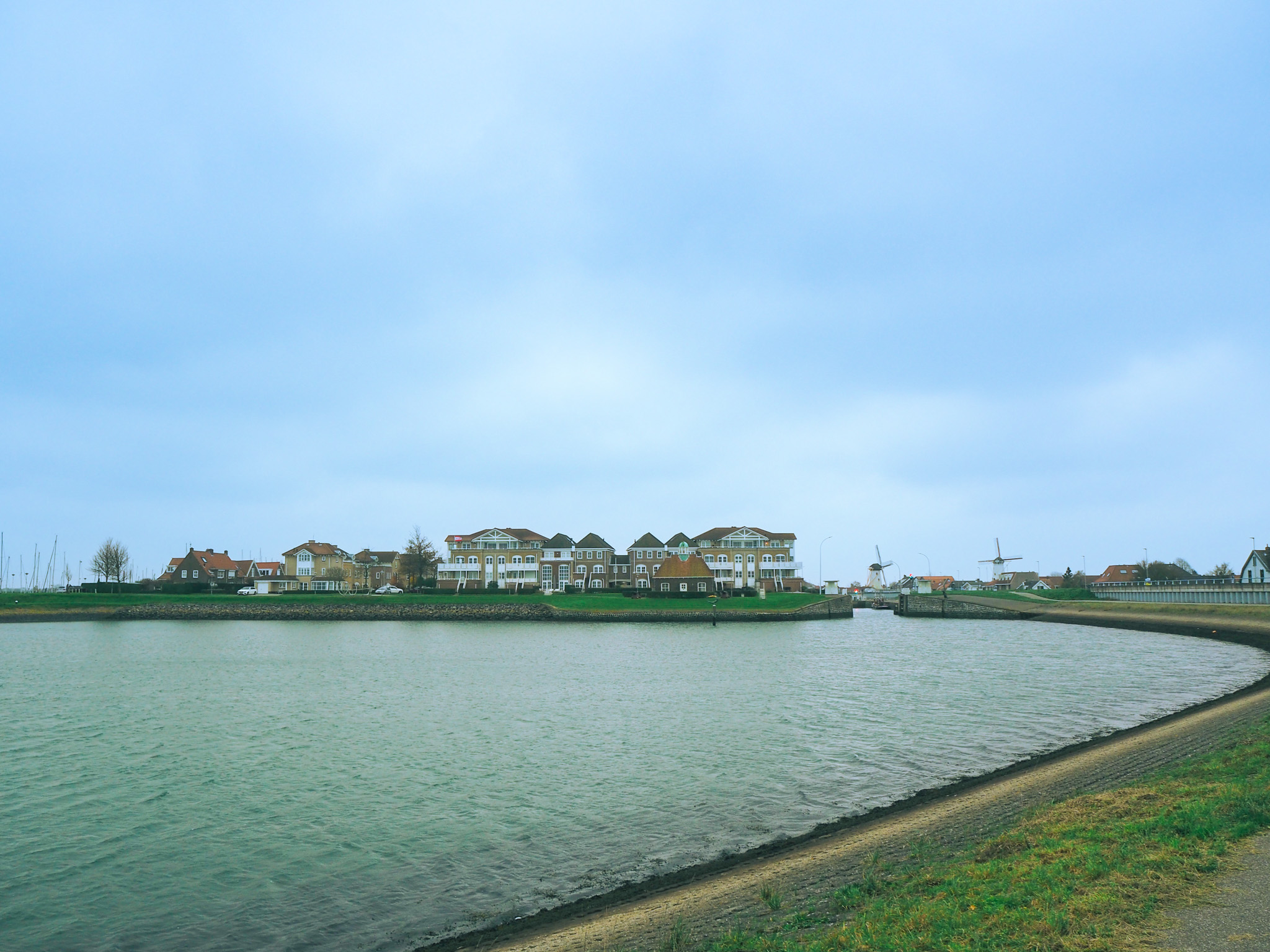Oyster restoration projects play a vital role in preserving marine ecosystems and mitigating the effects of climate change. These projects have taken place in different parts of the world over the past years, both offshore and near the coasts.
In recent years, many oyster regeneration projects have taken place around offshore wind farms. This approach is well-funded, as there is plenty of protected space and these areas already have infrastructure and logistics that can be used for the deployment of restoration projects.
Funding is often available from marine engineering projects and government initiatives aimed at managing the environmental impacts of offshore wind projects.

However, while tempting due to the abundance of unused space, these projects also face some challenges. The harsh and unpredictable conditions of offshore environments make it harder for oyster populations to self-sustain in the long term. Strong currents, wave action, and reduced water quality in deeper waters can hinder the success of oyster restoration efforts.
The distance from shore also makes monitoring and maintenance of oyster reefs challenging and more costly, limiting the ability to assess their progress effectively.
Offshore is not the only place where the conditions for oyster restoration can be satisfied. In fact, we see many benefits in restoring oyster reefs in coastal locations which are underserved.
Coastal areas are the most productive and diverse ecosystems on our planet, serving as habitats for a vast array of marine species. Oyster reefs in particular provide invaluable ecosystem services by filtering water, stabilising shorelines, and supporting biodiversity. Coastal oyster restoration projects focus on revitalising these crucial ecosystems, aiming to restore their historic ecological status.

Restoration projects in these areas offer numerous advantages:
At Oyster Heaven, we are well aware that for restoration projects to succeed it is essential to co-create them hand in hand with the local communities, as they have the best knowledge of the sea and the area.
The oyster reef restoration efforts initiated by The Nature Conservancy in the Peniscola Bay in Florida, US, have demonstrated the success of focusing on coastal areas and involving the local communities. These efforts have not only improved the water quality of the area and provided essential habitats for various marine species, but also helped the coastal community thrive supporting the local economy.
While integrating oyster restoration with wind farms and offshore projects has some advantages in terms of space and available infrastructure, the challenges and limitations associated with these areas lead us to aim for coastal locations
Coastal projects come with their own challenges as well, as regulations are strict and licenses require a long process. However, by focusing efforts on coastal oyster restoration projects we can contribute to the development of coastal communities, and ensure the long-term growth and sustainability of the regenerated reefs.
For these reasons, while we think that every additional oyster in the ocean is a win for everyone, our focus at Oyster Heaven is on coastal locations to really harness the full potential of these restored habitats.
